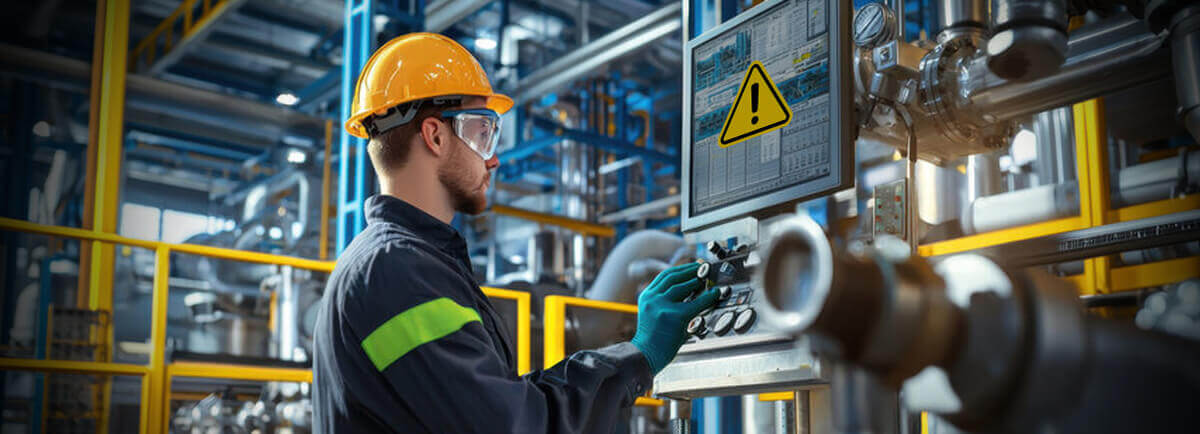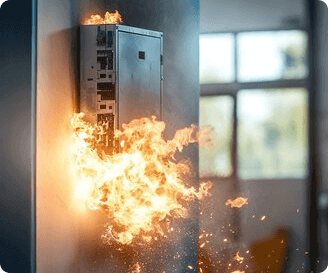
Why Real-Time Safety Alerts Matter in High-Risk Workplaces
In environments where a single oversight can lead to injury—or worse—timing is everything. Real-time safety alerts aren’t just helpful; they’re life-saving. Whether it’s a structural hazard, a gas leak, or an equipment malfunction, the ability to notify the right people the moment something goes wrong can mean the difference between control and chaos. As industries push for faster workflows and tighter deadlines, having an immediate line of safety communication has become a non-negotiable standard—not a luxury.
When an issue is flagged and shared instantly, teams have a crucial window to act—those first few seconds or minutes that can make all the difference. It’s often not about the severity of the hazard itself, but about how quickly the right people are alerted. Without that immediacy, small problems can snowball into major incidents.
The Cost of Delay

Let’s be honest—traditional safety communication has often relied on post-incident reports, radio calls, or even word of mouth. That might work in controlled environments. But in high-risk industries like construction, mining, or oil & gas, that delay can be deadly.
Imagine a worker noticing a faulty scaffolding joint but waiting to report it at the end of their shift. Or a minor gas leak detected by one team, but not escalated fast enough. It happens. And it’s not about negligence—often, it’s the system that’s slow, not the people.
Real-time alerts change that. They eliminate the wait.
How Real-Time Alerts Work (In Practice, Not Theory)
When we talk about real-time alerts, we’re talking about immediate notifications—delivered through mobile devices, wearables, loudspeakers, or centralized dashboards. But let’s skip the technical jargon. The core idea is simple: the moment someone sees or senses something wrong, everyone who needs to know—knows.
One construction site I visited had motion sensors installed on excavation equipment. If a person entered the restricted radius while the machine was active, an alert blared across the zone—and the machine automatically shut down. That single feature likely prevented countless close calls.
It’s Not Just About Emergencies

Yes, real-time alerts are critical during incidents. But their value extends beyond those dramatic moments.
- Preventive maintenance reminders stop machines from breaking down mid-operation.
- Weather warnings help outdoor teams adapt quickly.
- PPE non-compliance alerts can flag missing gear before someone enters a hazardous zone.
What this does is shift the culture from reactive to proactive. You’re not just fixing problems—you’re catching them early.
The Human Side: Trust and Accountability
Here’s something people often overlook: alerts aren’t just data points. They affect human behavior.
When alerts are sent promptly and consistently acted upon, workers start to feel that their input matters. That their reports lead to real action. It builds trust.
I’ve spoken to workers who used to brush off minor issues because, in their words, “No one does anything anyway.” But introduce a system where alerts trigger immediate checks or shutdowns? The mindset changes. People start reporting more. They start watching out for each other. That’s powerful.
Challenges? Of Course. But Worth It.
Let’s not sugarcoat it. There are hurdles.
- Alert fatigue is real. If everything is marked urgent, nothing feels urgent.
- Connectivity issues can delay alerts in remote locations.
- False positives from automated systems can frustrate teams.
But here’s the thing: these are manageable. A well-designed alert system includes escalation rules, prioritization, and filters. And most importantly—it includes training. Not just on how to use the system, but on why it matters.
A Quick Comparison: Real-Time vs. Traditional Reporting
| Aspect | Real-Time Alerts | Traditional Reporting |
|---|---|---|
| Speed | Instant | Delayed (hours or even days) |
| Response Window | Proactive | Often too late |
| Worker Engagement | High (immediate feedback) | Low (frustration over inaction) |
| Data Usefulness | Timestamped, actionable | Often outdated or incomplete |
You don’t need to be a safety expert to see the winner here.
Final Thoughts: It’s About Time (Literally)
In high-risk workplaces, time is the most valuable currency. You can’t predict every risk, but you can prepare to respond. Real-time safety alerts turn uncertainty into action. They shrink the gap between awareness and intervention.
And that small gap? That’s where lives are saved.
This article was generated with the assistance of AI and reviewed by Ben Johnson for accuracy and quality.
Ben Johnson is a dedicated Customer Success Executive at Safetymint. With a strong commitment to excellence, Ben works closely with customers to ensure they fully leverage the capabilities of Safetymint to its fullest potential, aiming to significantly reduce or mitigate safety risks and incidents.



